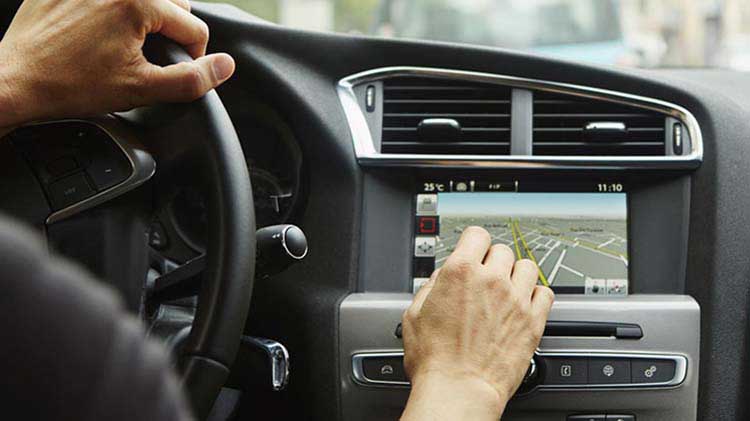Texting while driving includes growing mobile web use
Texting while driving is not the only problem — drivers are increasingly using mobile web services.
Is texting while driving still a concern?
While texting and driving continues to rise and remain a concern, research around smartphone use while driving from State Farm® shows that other mobile web services are being accessed at higher rates. These other behaviors may pose a concern in the battle against distracted driving. In a recent distracted driving survey, the company found that overall usage of mobile devices while driving is up. The only decrease was talking on the hand-held phone. In 2020, they found that 18% of respondents also play games while driving.
Texting while driving has evolved into mobile web use while driving
In the ten years between 2010 and 2020, the State Farm survey noted the following trends:
- Text messaging increased from 31% to 41%.
- Reading email rose from 17% to 32%.
- Reading social media information increased from 11% to 29%.
- Accessing the internet more than doubled from 17% to 36%.
Texting while driving still a concern for businesses with drivers
- Distracted driving is one of the leading causes of fleet accidents.
- One in four employees will answer work-related texts or calls while driving.
- Commercial motor vehicle drivers who text while driving are 23.2 times more likely to have an accident.
- Texting while driving can result in driver disqualification and penalties up to $2,750 for drivers and $11,000 for employers.
What can you do about texting while driving and mobile web use?
Get to know the distracted driving laws in your state. Distracted driving threatens the lives of many drivers, passengers and pedestrians every day. However, you can help fight against distracted driving by avoiding dangerous habits such as texting while driving or accessing your mobile phone while driving, among other risky behaviors.
About the survey
In August 2020, the State Farm Mutual Automobile Insurance Company (State Farm) Strategic Resources Department conducted an online survey with adults 18 and older to examine their attitudes and behaviors regarding distracted driving. This survey was the ninth wave of a study first conducted in August 2009.




